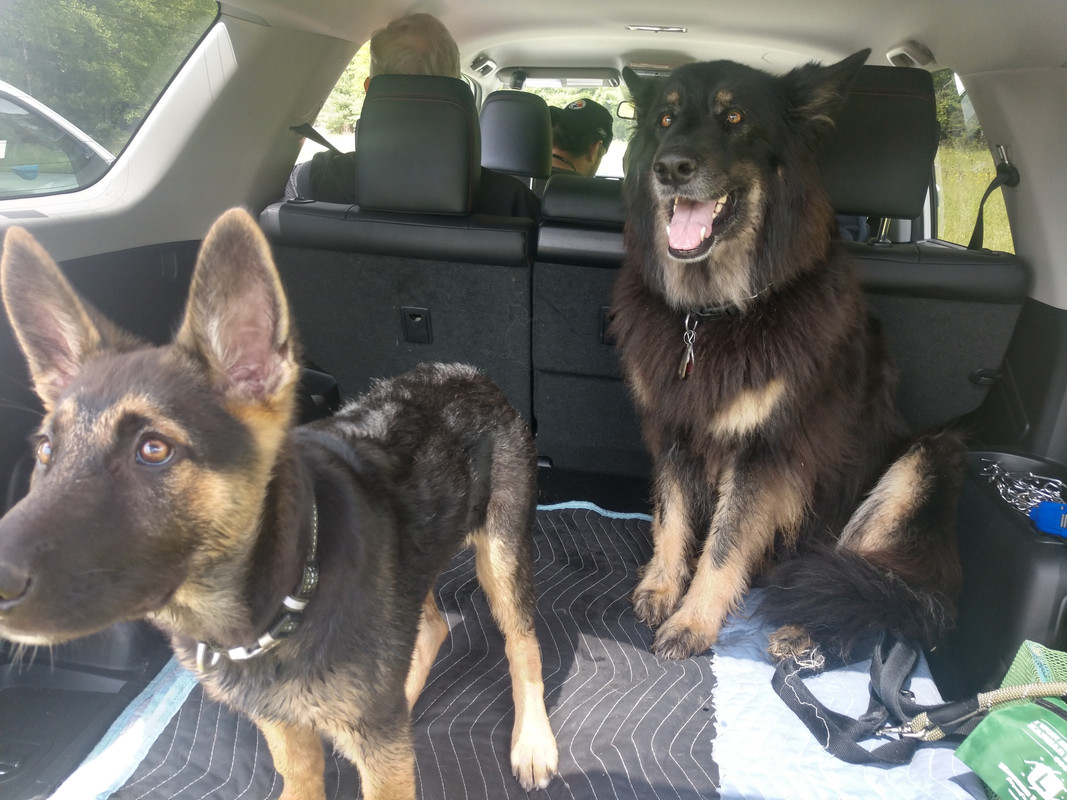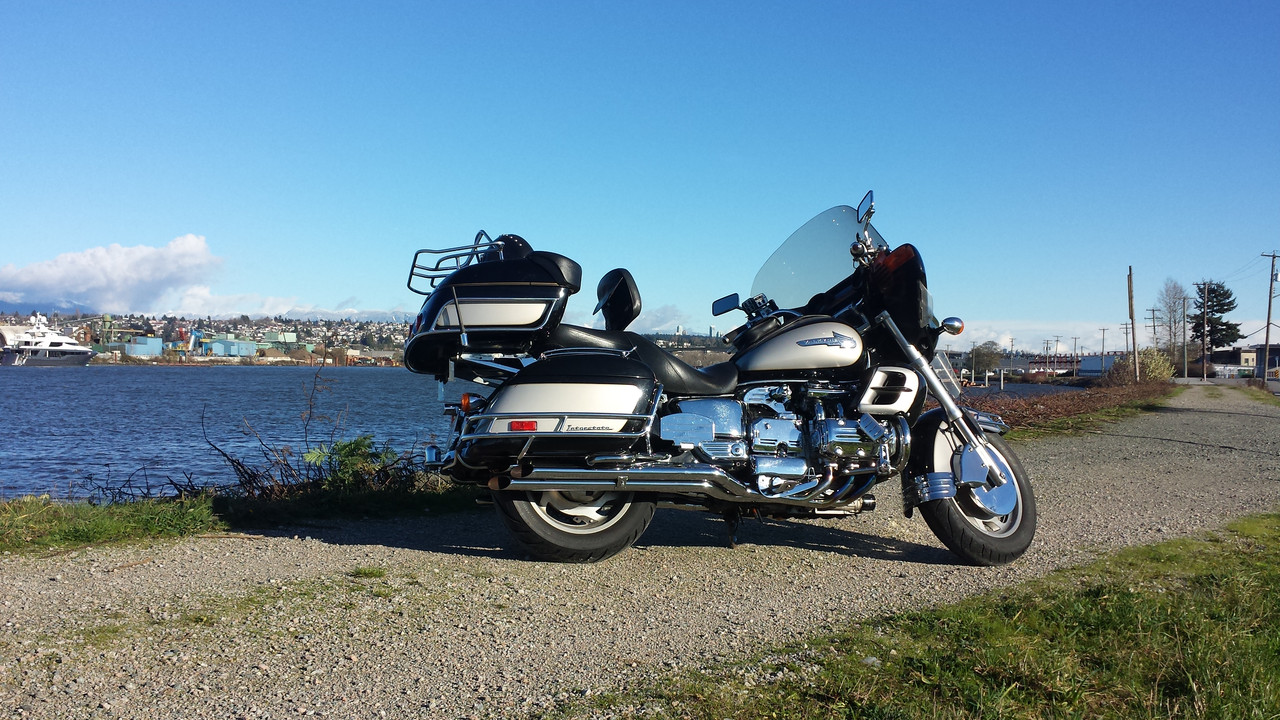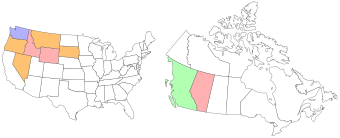|
Carl
|
 |
« on: February 10, 2016, 09:52:08 AM » |
|
Trying to seperate the carbs. Tool slipped, and I ended up with this:   Will I need to replace this carb. (#6). Thanks |
|
|
|
|
 Logged
Logged
|
|
|
|
|
Hook#3287
|
 |
« Reply #1 on: February 10, 2016, 10:29:40 AM » |
|
Ouch!  That sucks  I'm sure some more carb knowledgeable guys will speak up, but I wouldn't spend all the time putting it back together hoping it will be all right. |
|
|
|
|
 Logged
Logged
|
|
|
|
|
98valk
|
 |
« Reply #2 on: February 10, 2016, 11:10:03 AM » |
|
that is outside of the sealing area of the diaphragm slide. install slide and check, u should be ok.  |
|
|
|
|
 Logged
Logged
|
1998 Std/Tourer, 2007 DR200SE, 1981 CB900C 10speed
1973 Duster 340 4-speed rare A/C, 2001 F250 4x4 7.3L, 6sp
"Our Constitution was made only for a Moral and Religious people. It is wholly inadequate to the goverment of any other."
John Adams 10/11/1798
|
|
|
|
Savago
|
 |
« Reply #3 on: February 10, 2016, 11:11:56 AM » |
|
Carl
Maybe you could get it to a machinist and get it welded to fill the hole?
Savago
|
|
|
|
|
 Logged
Logged
|
|
|
|
|
Carl
|
 |
« Reply #4 on: February 10, 2016, 12:58:42 PM » |
|
98Valk - that is sort of the answer I am hoping for. I didn't know where the actual seal(s) was created, the inner or outer ring. Is there any way to check to see if an adequate seal has been made, other than reinstalling and firing it up?
As far as welding, I thought about that idea. I don't know how well it would work in such a small area. Welding, plus cleanup would probably cost me as much as another carb. $350 at Partzilla for a single carb, +/- $250 for a six-pack on ebay.
|
|
|
|
|
 Logged
Logged
|
|
|
|
|
indybobm
|
 |
« Reply #5 on: February 10, 2016, 01:58:34 PM » |
|
I think it would seal ok. This area is not pressurized, there is a vacuum there that would help seal on the inner edge. You could try building it up with JB Weld, don't see way it can be actually welded.
|
|
|
|
|
 Logged
Logged
|
So many roads, so little time
VRCC # 5258
|
|
|
|
DK
|
 |
« Reply #6 on: February 10, 2016, 02:07:44 PM » |
|
Liberal application of JB Weld should do it.
Another possibility is the epoxy putty made specifically for sealing leaks. I used some on the outside of a pressurized schedule 40 joint 2or 3 years ago & it is still sealing the leak.
Dan
|
|
|
|
|
 Logged
Logged
|
Machinery has a mysterious soul and a mind of its own.
|
|
|
Skinhead
Member
    
Posts: 8743
J. A. B. O. A.
Troy, MI
|
 |
« Reply #7 on: February 10, 2016, 02:28:20 PM » |
|
that is outside of the sealing area of the diaphragm slide. install slide and check, u should be ok.  I think it would seal ok. This area is not pressurized, there is a vacuum there that would help seal on the inner edge. You could try building it up with JB Weld, don't see way it can be actually welded.
Liberal application of JB Weld should do it.
Another possibility is the epoxy putty made specifically for sealing leaks. I used some on the outside of a pressurized schedule 40 joint 2or 3 years ago & it is still sealing the leak.
Dan
I concur. It probably will be fine with out the JB Weld, but it certainly won't hurt to patch that up. If it doesn't work, then look for a carb, but I'd bet it will be fine. |
|
|
|
|
 Logged
Logged
|
 Troy, MI |
|
|
gordonv
Member
    
Posts: 5766
VRCC # 31419
Richmond BC
|
 |
« Reply #8 on: February 10, 2016, 02:29:23 PM » |
|
Are you talking about that grove in the mouth of the carb? I see no reason to worry about it at all. Looks like it is a groove for a o-ring, and you've only damaged a small area of the outside of the sealing side.
As already mentioned, build it up with something, like JB Weld. But unless you see it and it bothers you, I wouldn't even do that. Place the parts together as it should go together, with and with-out the o-ring, and see what you think?
The piece sticking out towards you, fuel rail?? Same thing. It's only the outside damaged. I figure the sealing is part of the inner metal sleeve, a gasket or o-ring to go with it? Should be fine also. Again, test fit it, and see how it looks.
|
|
|
|
|
 Logged
Logged
|
1999 Black with custom paint IS   |
|
|
|
Carl
|
 |
« Reply #9 on: February 10, 2016, 02:41:01 PM » |
|
Thanks for all the replies. JB Weld sounds like the answer. Mainly for my own peace of mind. I have lots of it, in the toolbox, and it is much cheaper than a new carb. I'll put the old o-ring in the groove and build up the outer wall. Then install the new parts.
The piece sticking out towards you, fuel rail?? - - That is actually the dowel rail, where the double end stud that holds all the carbs together goes. What you may be seeing are pry marks from the screwdriver when trying to separate the carbs. No worries about that part.
This was actually side two of the project. The right side came apart fairly easy. The left side was a real bugger to get apart. As you can see.
Thanks again.
|
|
|
|
|
 Logged
Logged
|
|
|
|
|
Memor86
|
 |
« Reply #10 on: February 10, 2016, 03:45:22 PM » |
|
i agree with the rest of the guys...
the seal works on the inner ring so no worries about leaks. I'd just patch it with jb weld or something just to cover the diaphragm.
|
|
|
|
|
 Logged
Logged
|
|
|
|
|
Hook#3287
|
 |
« Reply #11 on: February 10, 2016, 04:58:47 PM » |
|
|
|
|
|
|
 Logged
Logged
|
|
|
|
Attic Rat
Member
    
Posts: 446
VRCC # 1962
Tulsa, OK

|
 |
« Reply #12 on: February 12, 2016, 07:11:57 AM » |
|
I usually have extra carb bodies laying around for parts. Which carb is it. I usually charge 75.00 for a carb body
|
|
|
|
|
 Logged
Logged
|
The Attic Rat Performance Works
|
|
|
|
Pappy!
|
 |
« Reply #13 on: February 13, 2016, 07:31:55 AM » |
|
I would go with Attic Rats offer.
From the looks of the boss on the fuel rail the o-ring seal area is iffy at best.
For $75 you have peace of mind.
If you ever have to separate fuel rails again Redeye has a nice little tool to help with that.
|
|
|
|
|
 Logged
Logged
|
|
|
|
|
Brian
|
 |
« Reply #14 on: February 14, 2016, 04:38:21 AM » |
|
I would not try welding. JB weld if anything is used. I would try it like it is making sure the seal surface is smooth and the diaphragm is in good condition. I used penetrating oil and a vise grip to remove those steel sleeves. The cheap flux brush that Redeye supplied with their rebuild kit to use to push out the steels sleeves is garbage. Separating these carbs after many years and miles is something that a DYI'er needs to be careful with. I would by the carb set off e-bay and separate them right way striping them completely for storage if you plan to keep her.
Just my two cents. Good luck.
|
|
|
|
|
 Logged
Logged
|
|
|
|
|
srteach
|
 |
« Reply #15 on: February 14, 2016, 07:25:31 AM » |
|
Liberal application of JB Weld should do it. I have used JB Weld to repair a two stroke engine case. It lasted four years until I wore out the piston rings. Then I tossed the tool. It was free to me to begin with. As stated above, the channel / inner lip is where the seal is created, and that seal is under a plastic cap. When the carb is running, the seal will be pulled towards the inner lip and seal better. In this case, I wouldn't even worry about JBWeld to start with. I would clean and reassemble the carb, then if it leaks (not likely), put JBWeld on that area without dis-assembly. |
|
|
|
|
 Logged
Logged
|
|
|
|
|
98valk
|
 |
« Reply #16 on: February 14, 2016, 08:32:02 AM » |
|
I would use flexible form-a-gasket to be on the safe side, most likely not needed.
trying to use JB in that situation might cause u more problems with fitment.
|
|
|
|
|
 Logged
Logged
|
1998 Std/Tourer, 2007 DR200SE, 1981 CB900C 10speed
1973 Duster 340 4-speed rare A/C, 2001 F250 4x4 7.3L, 6sp
"Our Constitution was made only for a Moral and Religious people. It is wholly inadequate to the goverment of any other."
John Adams 10/11/1798
|
|
|
|

